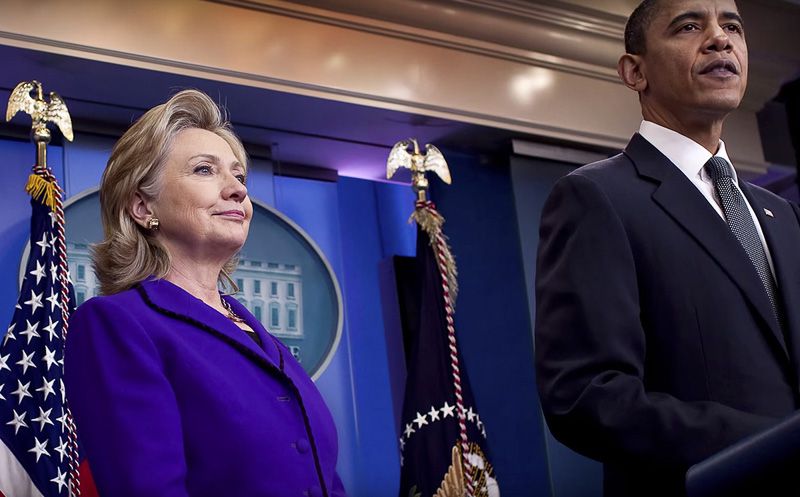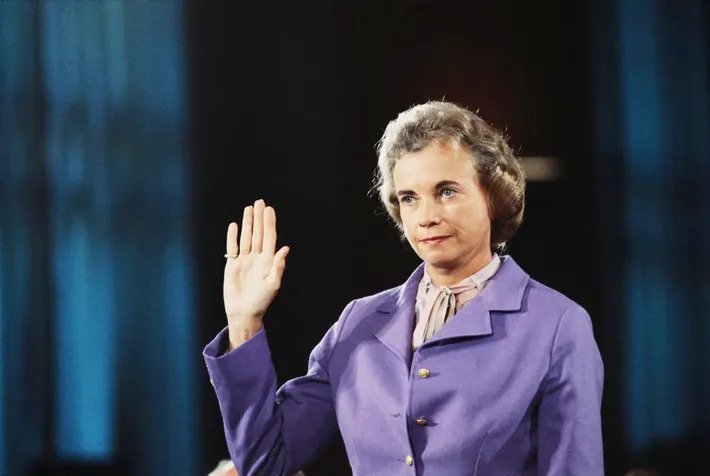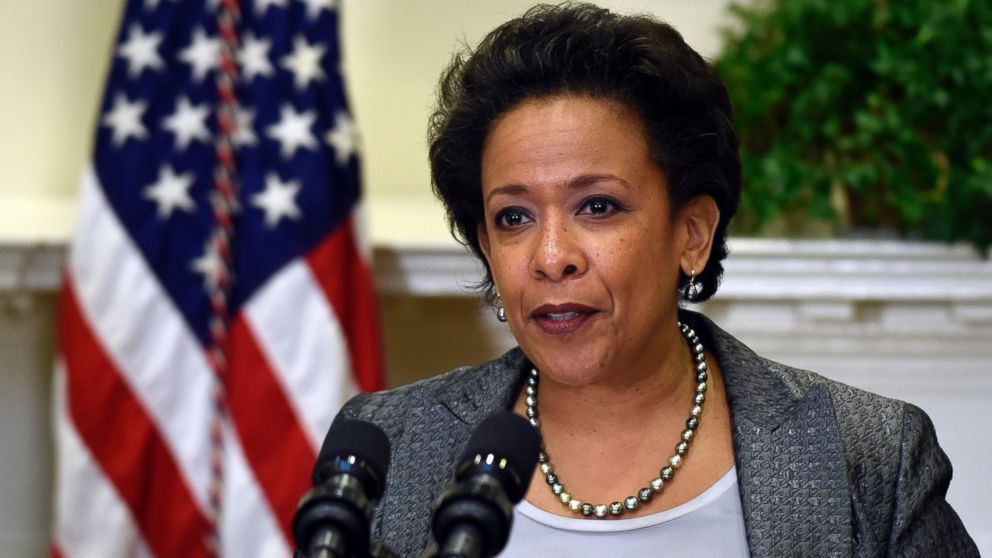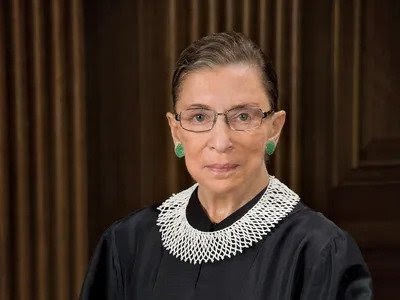Learn about six legendary and successful female lawyers in U.S. history and the impact they’ve made on the legal field.
Last updated: August 22, 2023
Women have played vital roles in the growth of the practice of law. Whether defending clients in court, representing companies, or making powerful rulings, female lawyers continue to fight for justice and pave the way for other women pursuing legal careers in law.
Several female attorneys have made remarkable contributions to the field of law. In honor of Women’s History Month, we’re highlighting some of the most successful and famous female lawyers and their impact on the legal profession.

Hillary Rodham Clinton
While many people think of Hillary Rodham Clinton as a former first lady and presidential candidate, some may not know that her career began in the legal field. Clinton is one of the most famous female lawyers due to both a high-profile career that spans law, government, and politics.
A Yale Law School graduate, Clinton worked as a corporate lawyer, defending companies and corporations for the Rose Law Firm for more than 15 years.
In addition to serving the country as a U.S. senator and secretary of state, Clinton’s notable achievements include helping to shape and pass the State Children’s Health Insurance Program as first lady. The program, which became law in 1997, extended health assistance to uninsured, low-income children.
With her background in law and contributions to public service, Clinton is one of the most notable women lawyers and political figures in the world.
Highlights of Hillary Rodham Clinton’s Legal Career
- 1977 – Clinton co-founded the Arkansas Advocates for Children and Families.
- 1993 – As First Lady, she chaired the National Health Care Reform task force.
- 2000 – Clinton was elected to the U.S. Senate, becoming the first woman elected from the state of New York.
- 2009 – 2013 – She served as U.S. Secretary of State.

Gloria Allred
Gloria Allred is another famous female lawyer who is a renowned advocate for women’s rights. With a B.A. in English from the University of Pennsylvania and an M.A. from New York University, Alldred’s more than 40 years of experience and practice as an attorney contribute to her influence and prominence.
In high-profile legal battles, Allred has been a supporter of women’s rights and a champion for victims of sexual harassment, employment discrimination, and wrongful termination of jobs or contracts.
She also leads a firm dedicated to representing those who have suffered discrimination based on their gender, age, disability, sexual orientation, health, and more.
Allred’s recognition for her contributions to the field of law, includes an honorary J.D. from the University of West Los Angeles School of Law. Such honors reaffirm her status as one of the best female attorneys and reflect her indelible marks on the legal system, women’s rights, and support for minorities through the law.
Highlights of Gloria Allred’s Legal Career
- 1976- Allred is a founding partner of the law firm Allred, Maroko & Goldberg (AM&G).
- AM&G is a leading firm in the women’s rights movement, handling more women’s rights cases than any other private firm in the U.S.
- 1978 – Allred founded and is the president of the Women’s Equal Rights Legal Defense and Education Fund (WERLDEF).
- 2014 – She received the Lifetime Achievement Award from The National Trial Lawyers.

Sandra Day O’Connor
When considering the best female attorneys, Sandra Day O’Connor immediately comes to mind. As the first female associate justice of the U.S. Supreme Court, O’Connor is a trailblazer for female lawyers and a role model for anyone looking to practice law.
Now retired, O’Connor received a bachelor’s degree in economics in 1950 from Stanford University and a law degree from Stanford Law School in 1952. She graduated at a time when opportunities for women in the legal field were limited.
With perseverance, O’Connor became deputy county attorney before President Ronald Reagan nominated her for a vacancy in the U.S. Supreme Court.
In her 25-year term on the Supreme Court, O’Connor contributed to influential rulings that addressed productive rights, sexual harassment, gender equality, and more. These contributions established her as a highly influential law professional.
Highlights of Sandra Day O’Connor’s Legal Career
- 1972 – O’Connor became the first woman to be appointed as the Republican majority leader in the state senate.
- 1980 – She was a founder of both the National Association of Women Judges in 1979 and the Arizona Women Lawyers Association.
- 1981 – O’Connor became appointed as the first female U.S. Supreme Court Justice.
- 1992 – O’Connor served as the swing vote that reaffirmed the Roe v. Wade decision in the abortion rights case Planned Parenthood v. Casey.

Sonia Sotomayor
Sonia Sotomayor is the first Hispanic and third woman to serve on the U.S. Supreme Court. She is a major inspiration to many.
Born to Puerto Rican parents, Sotomayor was diagnosed with diabetes at a young age, and her father passed away when she was 9, but she persevered through adversity and discrimination. She received her J.D. from Yale Law School and began her distinguished career as an assistant district attorney in Manhattan.
Her lifelong dream to become a judge was realized in 1991 when she was nominated to a seat on the U.S. District Court for New York, making her the youngest judge in the Southern District and the first Hispanic federal judge in New York state. Following 11 years on the U.S. Court of Appeals for the Second Circuit—one of the nation’s most challenging judicial posts—President Barack Obama nominated Sotomayor for the U.S. Supreme Court in May 2009.
Highlights of Sonia Sotomayor’s Legal Career
- 1979 – Sotomayor became an Assistant Direct Attorney in Manhattan.
- 1984 – She joined a private practice where she was a general civil litigator.
- 1992 – Sotomayor became a judge when appointed to the U.S. District Court for the Southern District of New York.
- 1998 – She was appointed to the U.S. Court of Appeals for the Second Circuit.
- 2009 – Sotomayor was appointed to the U.S. Supreme Court by former President Barack Obama, becoming the first Hispanic and third woman in the court.

Loretta Lynch
In 1999 President Bill Clinton appointed Loretta Lynch as United States Attorney for the Eastern District of New York, a position she held for nearly two years before returning to private practice. In 2020, President Barack Obama reappointed her as U.S. Attorney for the Eastern District of New York, where she led the office for five years. In 2015, President Obama nominated her to become the 83rd U.S. attorney general. In earning that office, Lynch became the first African American woman attorney general and the second woman attorney general.
As attorney general, Lynch facilitated high-profile cases involving corruption and policing in the U.S. One notable effort was an investigation into the Baltimore Police Department, which she launched in 2015. Lynch has made history as a famous African American female attorney, paving the way for others to follow in her footsteps.
Highlights of Loretta Lynch’s Legal Career
- 1990 – Lynch started her rise in the ranks as an assistant U.S. attorney for the Eastern District of New York.
- 1999 – She was named U.S. attorney by President Bill Clinton.
- 2010 – Lynch resumed her U.S. attorney career after being appointed by President Barack Obama.
- 2015 – She became the U.S. attorney general in the Department of Justice, using her position to fight for minority rights, including those of the LGBTQ+ community.

Ruth Bader Ginsburg
With an upbringing grounded in her mother’s encouragement of her education, Ginsburg graduated with a B.A. in government from Cornell University, attended Harvard Law School, and graduated with a law degree from Columbia Law School.
Ginsburg’s enthusiasm for academia continued into her career as she undertook research in Sweden for Columbia Law School’s Project on International Procedure, followed by positions as a law professor at Rutgers University and Columbia Law School.
She was dedicated to fighting for gender-based equality throughout her education and career, which included her work to found the ACLU Women’s Rights Project.
Ginsburg was appointed to the U.S. Court of Appeals for the District of Columbia Circuit in 1980, which led to her eventual nomination and confirmation as an associate justice of the U.S. Supreme Court. She served from 1993 until her death in 2020.
She is remembered today both for her impact on the field of law and the barriers she broke while advocating for women’s rights throughout her career.
Highlights of Ruth Bader Ginsburg’s Legal Career
- 1969 – RBG co-founded the first law journal focusing on women’s rights, the Women’s Rights Law Report.
- 1972 – She co-founded the Women’s Rights Project at ACLU (American Civil Liberties Union).
- 1980 – RBG was appointed to the U.S. Court of Appeals for the DC Circuit.
- 1993 – She became the second female to become appointed into the Supreme Court justice.
The road to becoming the best female attorney you can be
With skill and perseverance— and often in the face of adversity— each of these powerful women paved the way for new legislation and more equitable policies as they fought injustice. Their contributions to the legal field are worthy of emulation and celebration.
Learn more about how you can make a difference. If you’re inspired to practice law and create positive change in the world, the first step is to pursue a law degree. Apply to The Colleges of Law today. We offer Juris Doctor (J.D.) and a Master of Law degree.
The Colleges of Law offers traditional and hybrid J.D. programs as well as a Master of Arts in Law. Begin your legal journey by applying here today.
For more insight into the legal field, head to our blog or fill out the form below to learn more.
